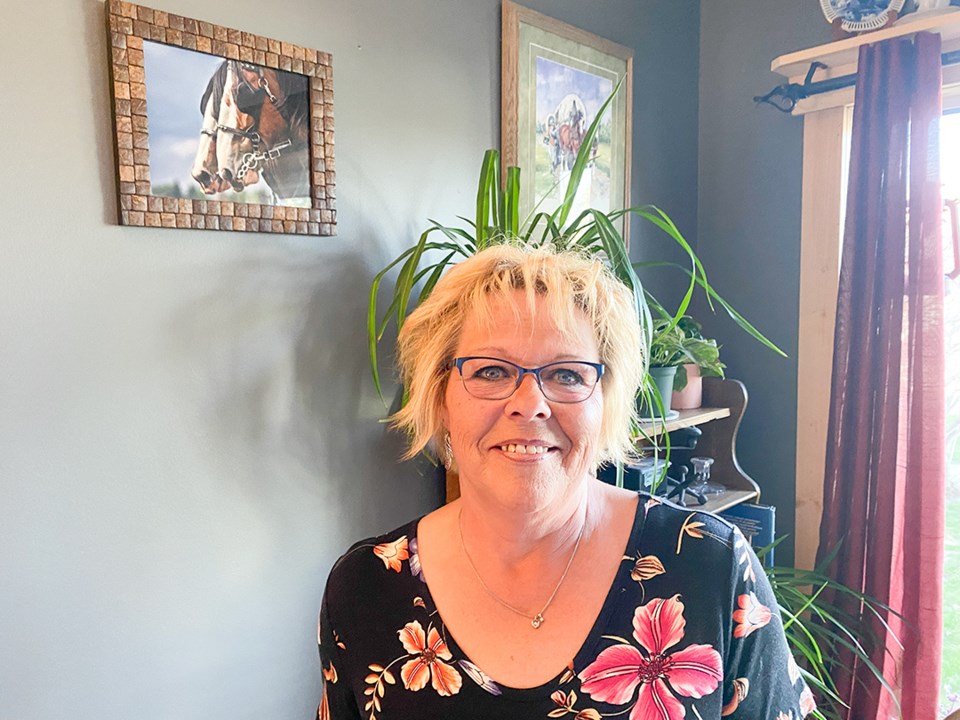Thanksgiving has long been a time of reflection, community and gratitude, tracing its roots back to early harvest festivals when people gathered to give thanks for the bounty of the land.
In the old days, it was a time to celebrate the end of the growing season, marking the hard work of farmers and the blessings of a successful harvest.
The first Thanksgiving in North America is most famously associated with the pilgrims and Indigenous people in the early 1600s, and it was a moment of sharing and mutual respect, rooted in survival and co-operation.
In those times, life was deeply connected to the rhythms of nature. The successful harvest meant food security for the long, harsh winter that lay ahead. Families and communities gathered to thank not only each other but also a higher power for the sustenance they received.
Thanksgiving was a reminder of their dependance on the land and each other, a time for sharing and building bonds.
Today, Thanksgiving still carries this spirit of gratitude, though the focus has broadened beyond agricultural roots. Many of us live in cities and towns, disconnected from the cycles of farming, but the holiday remains an important opportunity to reflect on the abundance in our lives.
I am always thankful for the abundance that my garden brings, and the opportunity and ability to put it all in my freezer or canning pantry. I am not a farmer, although I was raised on a farm. I certainly appreciate them as they fill my freezer with beef and chickens, and my harvest from my garden will feed my family throughout the winter.
I also remember the days when we all gathered at my parents house for the big meal after we had gone to church. We all brought a dish to the feast so mom was not stuck doing all the cooking.
Thanksgiving was a full day event with games, flying the kite we had and time to socialize together and just enjoy family time. The next day it was done all over again at my husband’s parents’ house.
Family and friends gather over large meals, often featuring turkey, stuffing and a pie, to celebrate togetherness and the blessings both big and small of the year.
It is more difficult to gather with family. Our parents have all passed away and siblings do not live close by. We have drifted apart.
This year we decided to have Thanksgiving with friends who also have no family in the area. After all, I will cook enough food to last a week, so why not share? This way my husband does not have to eat leftovers for days.
We will play a friendly game of euchre after supper and talk about the weeks that have passed and the weeks ahead of us. I am sure the hurricane winds will come up in conversation, along with how our gardens did and what is planned for planting next year.
Although life has changed dramatically from the early days of Thanksgiving, the core message remains the same. It is a time to pause, reflect and give thanks for the good in our lives, just as our ancestors did generations ago.
There are times that we tend to forget how good we have it. We have plenty of work and a roof over our heads. Our children are close by. There are many more things to be thankful for.
As we sit down with friends and family this Thanksgiving, we carry forward a tradition that binds the past to the present, grounded in appreciation for the things that sustain us.
We should never forget the freedom we have to do the things we love, and this is something to be thankful for.
While other parts of the world deal with wars, hunger and misfortune, we should always be grateful for the life we have.




